After Poland scrambled fighter jets during a Russian attack on Ukraine on Sunday, The i Paper looks at the country’s recent incursions into Nato airspace
Poland on Sunday scrambled fighter jets to secure its airspace as Russia launched a “massive” attack on Ukraine, hitting military airfields and leaving at least four dead in Kyiv.
The Polish army said allied aircraft was also operating in its airspace in connection with Russia’s long-range air strikes on Ukraine, describing the actions as preventive and aimed at protecting citizens.
In recent weeks, Nato countries have been forced to scramble jets along the alliance’s eastern border and shoot down drones in Poland after Russia’s repeated breaches of at least three countries’ airspace.
It points to a worrying new phase of tensions between Russia and the Western military alliance.
Here, The i Paper takes a closer look at the images, videos and maps illustrating the incidents, as well as Nato’s response to them.
Drones over Poland
The incursions began in Poland, where authorities say at least 19 Russian drones breached its airspace overnight from 9 to 10 September.
Four airports, including Warsaw’s main hub, Chopin, were forced to close.
At least three of the drones were shot down by Polish and Nato aircraft, with Poland’s prime minister Donald Tusk saying the incident brought the country “the closest we have been to open conflict since World War Two”.
It marked the first time a Nato member directly opened fire against Russian targets since its invasion of Ukraine in 2022.
Russia’s defence ministry said it had “no plans” to target facilities on Polish soil, while its temporary charge d’affaires in Poland said Warsaw had not provided evidence that the drones were of Russian origin.
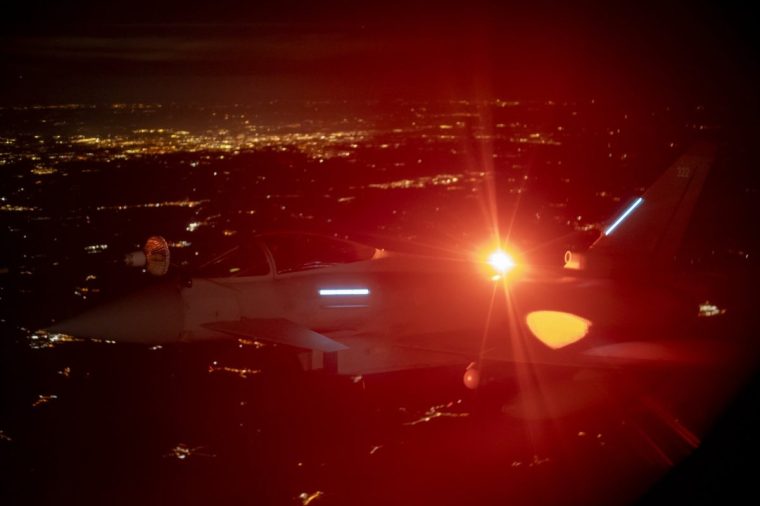
British fighter jets have been part of Nato air defence missions over Poland as part of an allied response to the drone incursion.
Condemning Russia’s “reckless, dangerous and unprecedented” actions, Defence Secretary John Healey said the flights sent “a clear signal: Nato airspace will be defended”.
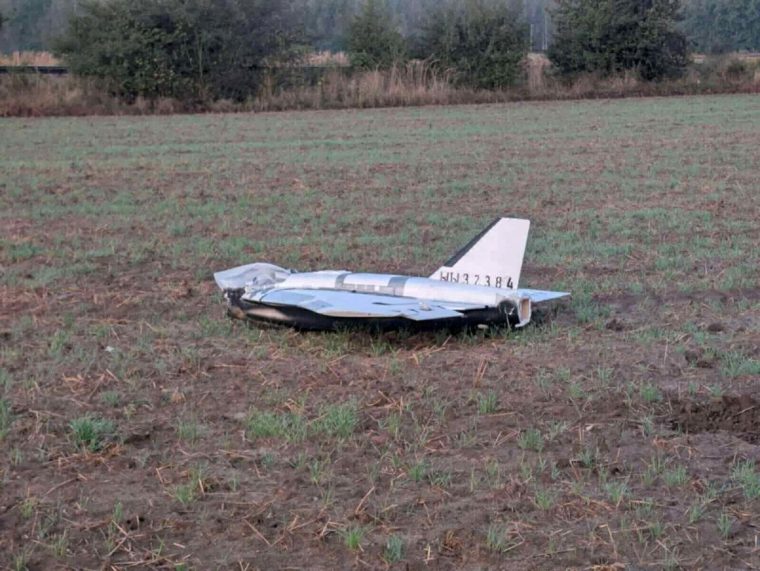
Speaking during a UN Security Council Meeting on Tuesday, Poland’s foreign minister Radek Sikorski said: “If another missile or aircraft enters our space without permission, deliberately or by mistake, and gets shot down and the wreckage falls on Nato territory, please don’t come here to whine about it.
“You have been warned.”
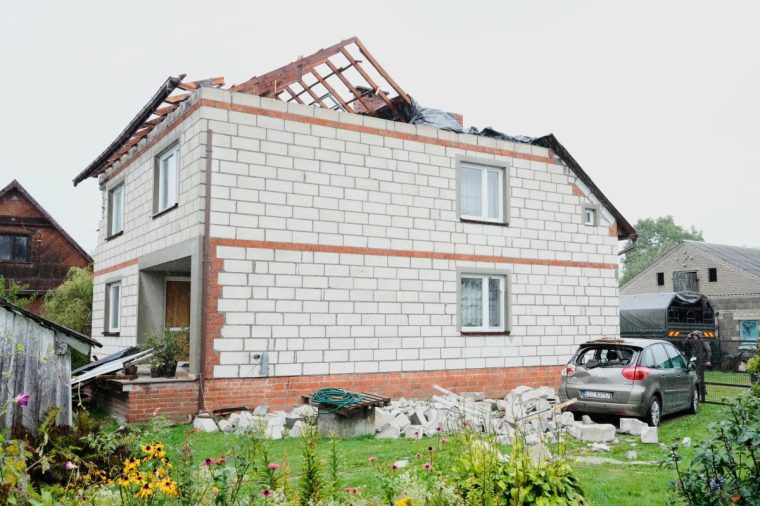
Romanian airspace breached
Another Russian drone reportedly flew over Romanian territory for nearly an hour on 13 September.
Romania said its fighter jets were monitoring a Russian attack in Ukraine when they spotted the drone near the Ukrainian border.
The drone was identified as a Geran – the Russian name for the Iranian-designed Shahed 136 – an unmanned aircraft used by Russia for surveillance and attacks against Ukraine.
The drone was detected approximately 20km (12.4 miles) south-west of the village of Chilia Veche, before disappearing from radar.
The drone did not fly over populated areas or pose imminent danger to Romanian citizens, Romania’s defence ministry said.
Ukrainian President Volodymyr Zelensky said the incursion marked “an obvious expansion of the war by Russia”.
Planes over Estonia
Three Russian fighter jets then breached Estonian airspace for 12 minutes on 19 September, with their transponders turned off, marking the boldest provocation yet.
The chief of staff of Estonia’s air force, Fredi Karu, said the incursion by the MiG-31 aircraft, which are capable of carrying Russia’s Kinzhal hypersonic missile, was “not a coincidence, but a clear provocation”.
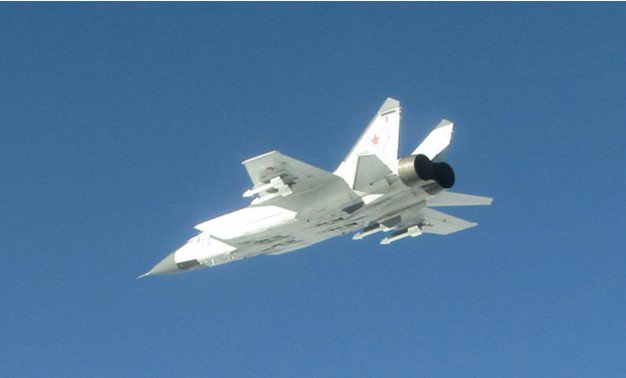
Italy, Finland and Sweden scrambled jets under Nato’s mission to bolster its eastern flank. A Nato spokesperson said it was “yet another example of reckless Russian behaviour and Nato’s ability to respond”.
Following the incident, US President Donald Trump said: “I don’t love it. I don’t like when that happens. Could be big trouble.”
Estonia’s prime minister, Kristen Michal, said: “Nato’s response to any provocation must be united and strong. We consider it essential to consult with our allies to ensure shared situational awareness and to agree on our next joint steps.”
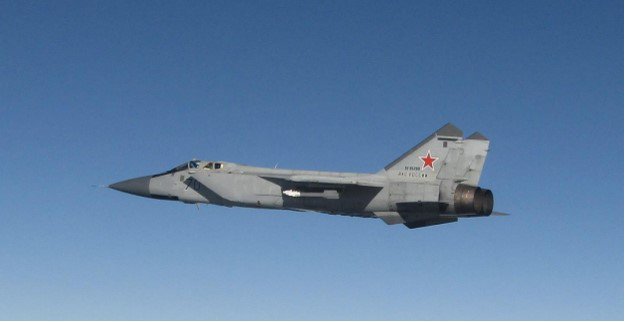
Zelensky accused Moscow of using every tool “from interference in political processes, as in Romania and Moldova, to violations of airspace, as in Poland, Romania, and now Estonia”.
Posting on X, he added: “This is a systematic Russian campaign directed against Europe, against Nato, against the West. And it requires a systemic response.”
Scandinavia targeted
Several airports in Denmark and Norway were also forced to shut down after swarms of drones were detected in their vicinity.
Denmark’s civilian-military airport Aalborg was forced to close for two nights on Wednesday and Thursday due to drone sightings in its vicinity. Danish police said the drones followed a similar pattern to the ones that caused a shutdown at Copenhagen Airport, Denmark’s largest transport hub, on Monday.
Denmark’s defence minister, Troels Lund Poulsen, said the drone flights amounted to a “hybrid attack”.
Drones have also been observed near airports in the Danish towns of Esbjerg, Sonderborg and Skrydstrup, police said, where Denmark’s fleet of F-16 and F-35 fighter jets are based.
Meanwhile, Oslo Airport in Norway was forced to halt flights for three hours after a drone was seen nearby.
A link between the incidents has not yet been established, and Russia has denied any involvement.
Jets intercepted off Alaska
Four Russian jets were identified and intercepted off Alaska on Thursday, but did not breach American or Canadian airspace, according to the North American Aerospace Defence Command (Norad).
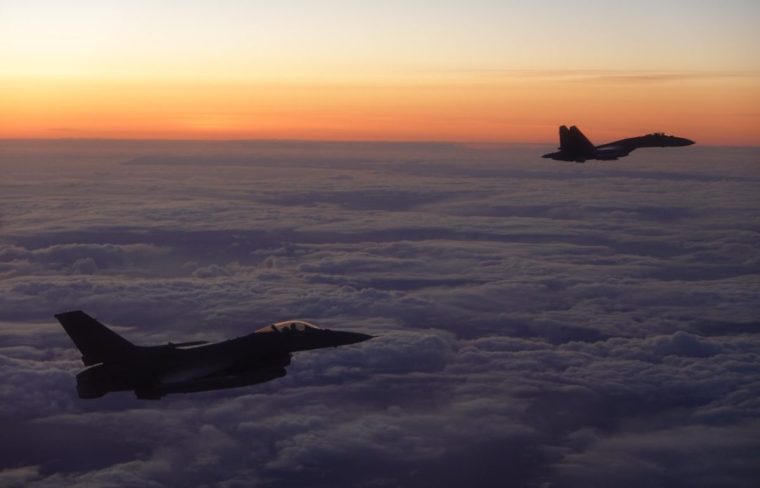
The Russian planes entered the Alaskan Air Defence Identification Zone, an area of international airspace that requires the identification of all aircraft for national security purposes, Norad said.
Two Russian Tu-95s and two Su-35s were operating in the Alaskan Air Defense Identification Zone, Norad said, adding that it responded by mobilising an E-3, four F-16s, and four KC-135 tanker aircraft.
